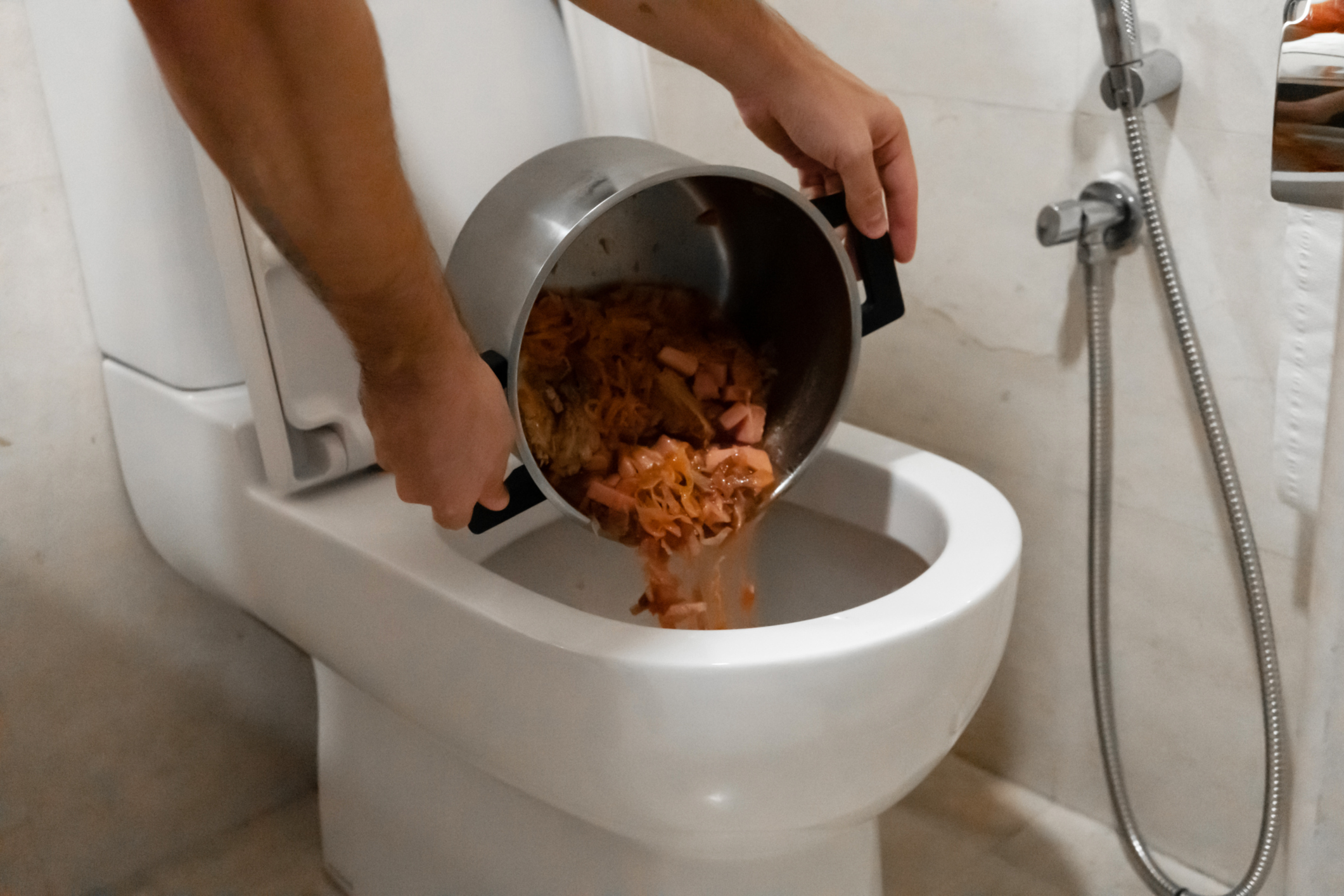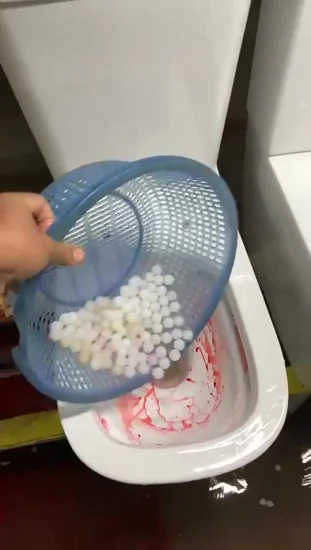The article below on the subject of Think Twice Before Flushing Food Down Your Toilet is exceedingly motivating. You should check this stuff out.

Introduction
Many individuals are usually faced with the dilemma of what to do with food waste, specifically when it pertains to leftovers or scraps. One common inquiry that develops is whether it's alright to flush food down the commode. In this write-up, we'll explore the reasons people may take into consideration purging food, the effects of doing so, and alternative methods for proper disposal.
Reasons why people might consider flushing food
Absence of understanding
Some individuals may not be aware of the potential injury brought on by purging food down the bathroom. They may mistakenly think that it's a safe method.
Benefit
Purging food down the bathroom might appear like a quick and easy remedy to throwing away unwanted scraps, especially when there's no neighboring trash bin readily available.
Negligence
In some cases, individuals may simply choose to flush food out of large idleness, without thinking about the consequences of their activities.
Repercussions of flushing food down the toilet
Ecological influence
Food waste that ends up in waterways can add to pollution and harm aquatic environments. Furthermore, the water used to flush food can stress water sources.
Pipes issues
Flushing food can bring about clogged up pipes and drains, creating pricey plumbing repairs and aggravations.
Kinds of food that ought to not be purged
Fibrous foods
Foods with coarse structures such as celery or corn husks can obtain tangled in pipelines and cause obstructions.
Starchy foods
Starchy foods like pasta and rice can absorb water and swell, leading to clogs in pipes.
Oils and fats
Greasy foods like bacon or cooking oils need to never be flushed down the bathroom as they can strengthen and cause obstructions.
Correct disposal methods for food waste
Utilizing a waste disposal unit
For homes outfitted with waste disposal unit, food scraps can be ground up and purged via the pipes system. However, not all foods are suitable for disposal in this way.
Recycling
Specific food packaging materials can be recycled, decreasing waste and lessening ecological effect.
Composting
Composting is a green way to deal with food waste. Organic materials can be composted and used to improve dirt for gardening.
The value of proper waste administration
Lowering environmental damage
Correct waste management methods, such as composting and recycling, aid minimize contamination and protect natural deposits for future generations.
Protecting plumbing systems
By avoiding the method of flushing food down the bathroom, house owners can protect against pricey pipes repair work and preserve the stability of their pipes systems.
Conclusion
In conclusion, while it may be tempting to purge food down the commode for ease, it is necessary to recognize the potential effects of this activity. By embracing appropriate waste monitoring methods and throwing away food waste sensibly, individuals can add to healthier pipes systems and a cleaner setting for all.
FLUSH FOOD DOWN THE TOILET?
FLUSHING FOOD CAN CAUSE BLOCKED DRAINS IN YOUR HOME
All of the plumbing fixtures in your home are connected to the same sewer pipe outside of your home. This outdoor sewer pipe is responsible for transporting all the wastewater from your home to the Council sewer mains. Even small pieces of food that go down the kitchen sink can cause problems for your sewer. It should therefore be obvious that flushing larger bits of food, such as meat, risks a clog in either the toilet itself or the sewer pipes. Flushing greasy food is even more problematic because oil coagulates when it cools, coating the interior lining of your pipes.
THE TOILET IS NOT A BIN
Food isn’t the only thing that people shouldn’t be flushing down the toilet. People use the toilet to dispose of all kinds of things such as tampons, makeup wipes, dental floss, kitty litter and even underwear. Water goes to great lengths to educate residents about the high costs and stress placed on wastewater treatment systems simply from people flushing the wrong stuff down the toilet. It costs taxpayers millions of dollars each year, and homeowners thousands in blocked drain repairs.
FLUSHING FOOD IS A WASTE OF WATER
Flushing food is a waste of our most precious resource - water. In June this year Level 1 water restrictions were introduced to protect water supply from drought conditions. Much of New South Wales continues to be affected by prolonged drought with recent figures revealing up to 97 per cent of the state remains in drought. Depending on whether you have a single or dual flush toilet, every single flush uses between five and 11 litres of water. In the current climate this is a huge amount of water to be wasting on flushing food that should be placed in the bin (or better yet, the compost).
https://www.jabplumbingsolutions.com.au/blog/can-you-flush-food-down-the-toilet

Do you really like more info about Flushing Food Down the Toilet?? Give a remark further down. We would be happy to hear your ideas about this piece. We are looking forward to see you back again soon. Sharing is nice. Helping people is fun. Thank you for your time spent reading it.
Call Today